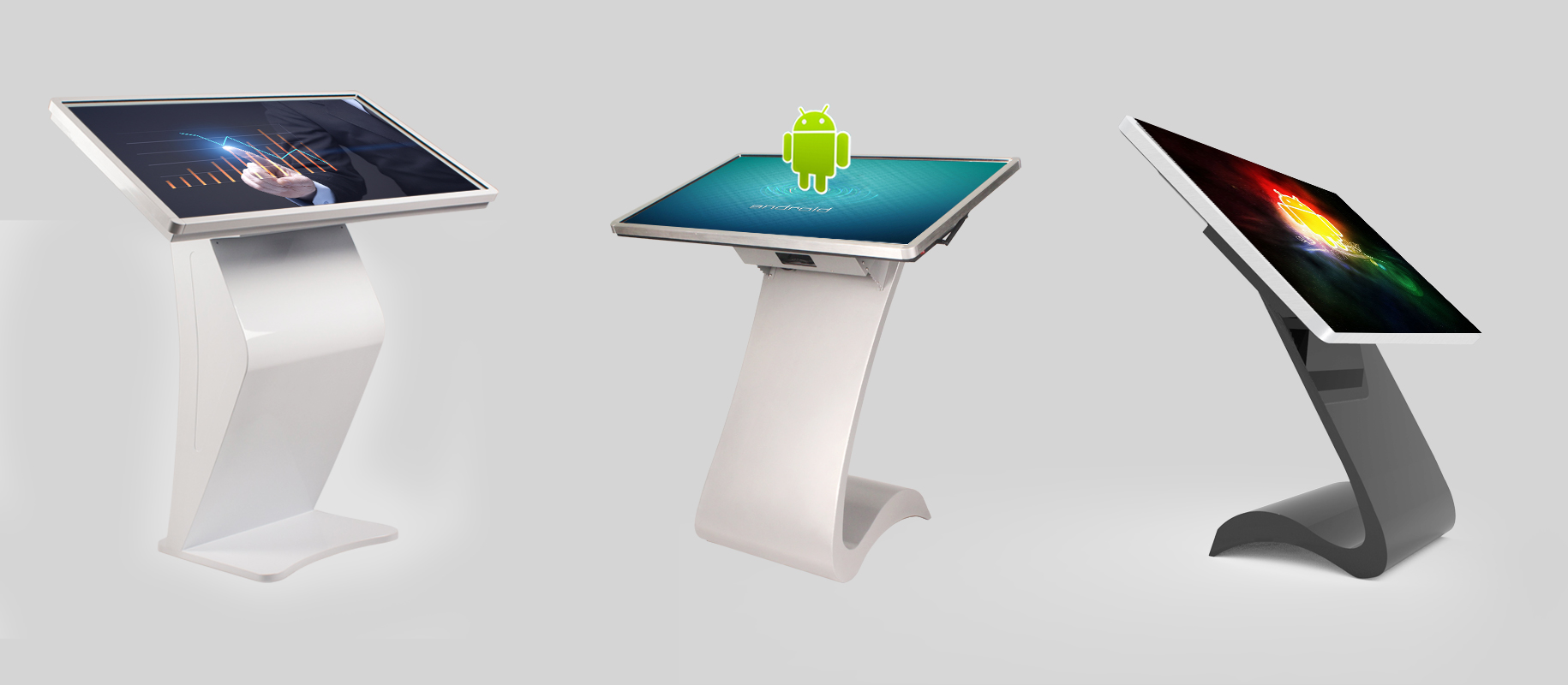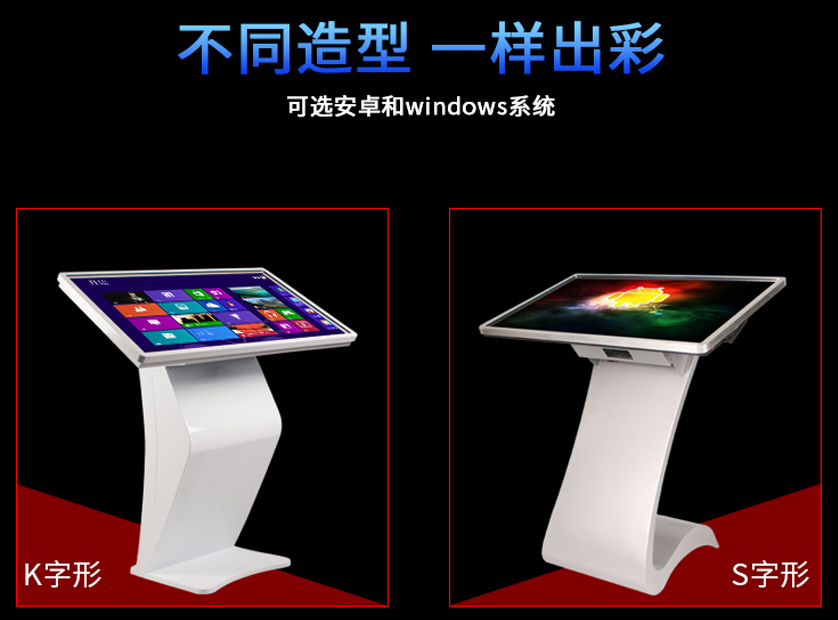Touch-screen technology has long been a part of modern culture. As wearable devices become more and more popular,
Tablets are as popular as laptops, and for most people today the idea of a "non-touch" phone seems strange.
Where do digital signage fit into this technical field?
Touch-screen displays are seen everywhere in the form of wall-to-wall screens, standalone kiosks and commercial tablets. In many ways, this is a response to the fact that customers now expect a touch screen.
Pandering to new autonomous shoppers
This expectation reveals a broader trend in our current shopping and as a way for consumers to interact with brands. Online shopping(or "shopping") gives us more options than ever before, and it also increases
Out of purchasing power.
We can criticize where and how we shop.
Amazon, for example, makes our lives easier by personalizing our experience with data, understanding our buying history, search behavior, demographics, and interests. In most cases, we would be happy to exchange this data to enjoy its convenience.
The rise of touchscreen digital signage in stores is in line with this trend of consumer autonomy. Shoppers want to be able to search the product on the screen and understand its performance in the store, rather than passively browsing according to the retailer's schedule.

In other words, we want to have the same experience as shopping online in the store. This includes having the screen display video and information according to our requirements, rather than just talking to the clerk or waiting for a replay of the presentation on the screen.
The display of static posters(whether digital or traditional) can only be so effective when showing the same content to a wide and diverse audience. Even in certain types of retail stores like shoe stores, product advertisements showing women's soft shoes alienate most passers-by who are either(1) not female or(2) not interested in soft shoes.
This is where touchscreen digital signage is more effective. Shoppers can choose what they consume. The same display can be used for a series of crowd statistics, thus reducing the need for a large number of posters in the usually limited area.
Interaction can increase speed
In today's world, shoppers are more concerned with speed than ever before.
When we walk into the store, we hope to find what we are looking for quickly. Any confusion about shop layout or product placement can be frustrating.

That's why touchscreens are so popular with so many of us when it comes to shopping. In addition to product information, the search and path finding screens that have been mentioned are becoming major participants in various environments. These include the popular touchscreen kiosks, which are stand-alone units often deployed around shopping malls.
Interactive screens allow customers to search and find exactly what they are looking for, whether it is a specific product in the store catalog or the store itself in the retail complex. Touch-screen road-finding solutions use interactive 3D maps and routing technologies to provide searchers with clear and concise instructions.
Although the value and humanity of talking to a store clerk can not be ignored, sometimes employees do not have time to care about the shopper's help. When shoppers are pressed for time, the touch screen can meet their needs, whether it is finding products to buy or answering their questions.
- The previous:Application of
- Next:Micrograph tech




 Release time:
Release time: Reading times:
Reading times:
